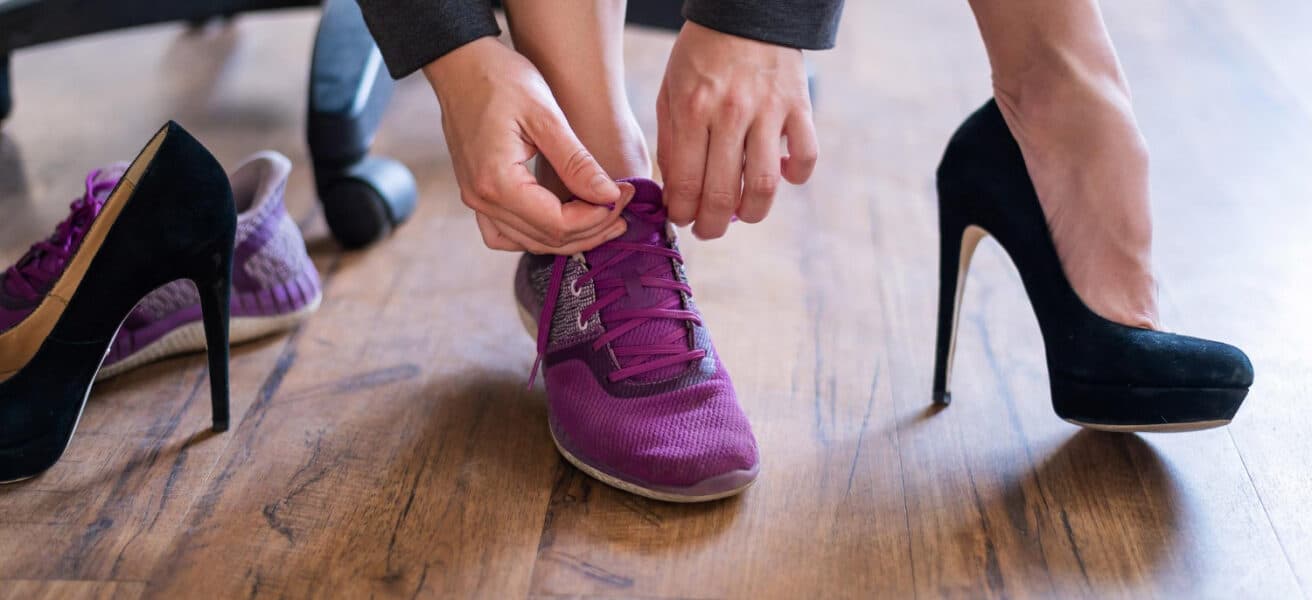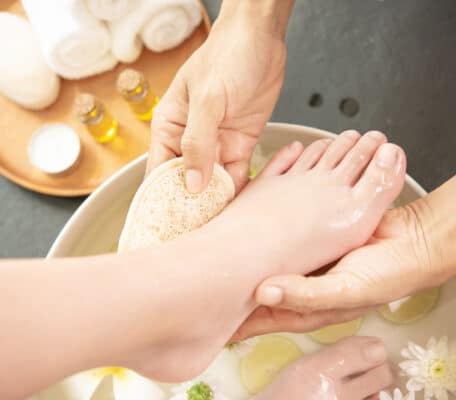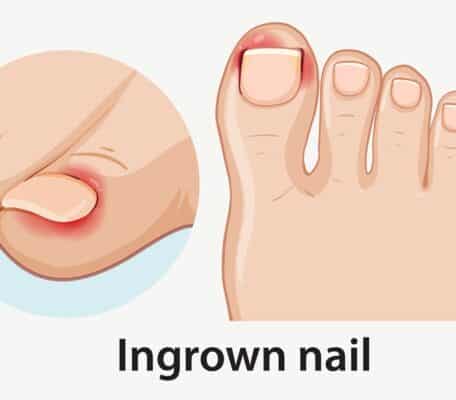In most cases, people experience Plantar Fasciitis when the arch of the foot is inadequately supported. The condition can also occur when the muscle band of the plantar fascia is overused. People also tend to overlook the fact that going barefoot or wearing extremely flimsy shoes can contribute to plantar fascia strain.
Let us take a look at other possible causes and how to find the right shoes to minimise the risk of this condition occurring.
The Source of Pain
The degree of pain in the heel area of the foot can vary significantly. Some people may experience mild pain while others can go through crippling agony. Some of the reasons that can increase the intensity of the pain are:
- Collapsed foot arches, or sometimes referred to as flat feet, cause the plantar fascia to overstretch;
- Unevenly placing your weight in the inner side of your foot (overpronation);
- Tight and weak calf muscles tend to pull the heels and stretch the plantar fascia;
- Walking barefoot;
- Health conditions like nerve problems, arthritis, and gout, among others, and
- Wearing the wrong type of shoes.
Choosing the Best Shoes for Plantar Fasciitis
One of the easiest ways to address the pain associated with plantar fascia strain is to reduce the pressure exerted on your feet. This can be done by ensuring that you are using the right type of shoes for your foot structure. Since there is no single shoe that suits everyone, here are some key factors to consider when purchasing your shoes.
- Support to the arch and heel is critical to ease any pain you are feeling in your feet. Shoes with a closed heel can reduce the pain caused by plantar fasciitis; combining this with a supportive insole that has a good arch will go a long way in decreasing the frequency of pain.
- Firm soles are better. There is a notion that flexible soles can provide better support and flexibility; however, the reality is that firm soles are better for those with plantar fasciitis because they control the range of motion and align the foot with the ankle to limit overstretching.
- An adequate toe rocker should go with a firm sole. This is to make sure that enough forward movement can be achieved with every stride. Toe rockers are a must when shopping for running shoes. The toe rockers should have an upward curve to prevent plantar fascia overstretching.
- Shoes with elevated heels and rocker soles are also desirable. Heels that are at least an inch high can help ease the pressure exerted on the heels of your feet. Make sure that the rocker sole allows the shoe to rock forward. Keep in mind that shoes with flat heels transfer most of your body weight to your heels, also resulting in increased pressure on your plantar fascia. Better cushioning should also be considered to minimise the impact absorption as your heel meets the ground.
- Slip-ons fit loosely on your foot, which means there is not enough support. Look for lace-up or Velcro shoes at can be adjusted to give your feet additional support.
Essentially, the best shoes for those with plantar fasciitis must have closed heels, deliver strong support for your arch, and have minimal twisting or bending at the midsoles. It should also allow bending at the toe box portion only.
If you cannot find these types of shoes readily available in the market, then you may need to consult with shoe specialists for a customised fitting relative to your condition.
The right type of supportive shoes can limit the pain caused by plantar fascia strain and minimise the possibility of exacerbating the condition. Call your nearest Foot Solutions store today to see how we can help you minimise the discomfort or pain associated with a strained plantar fascia.




